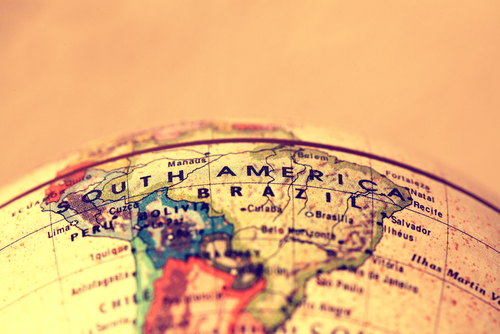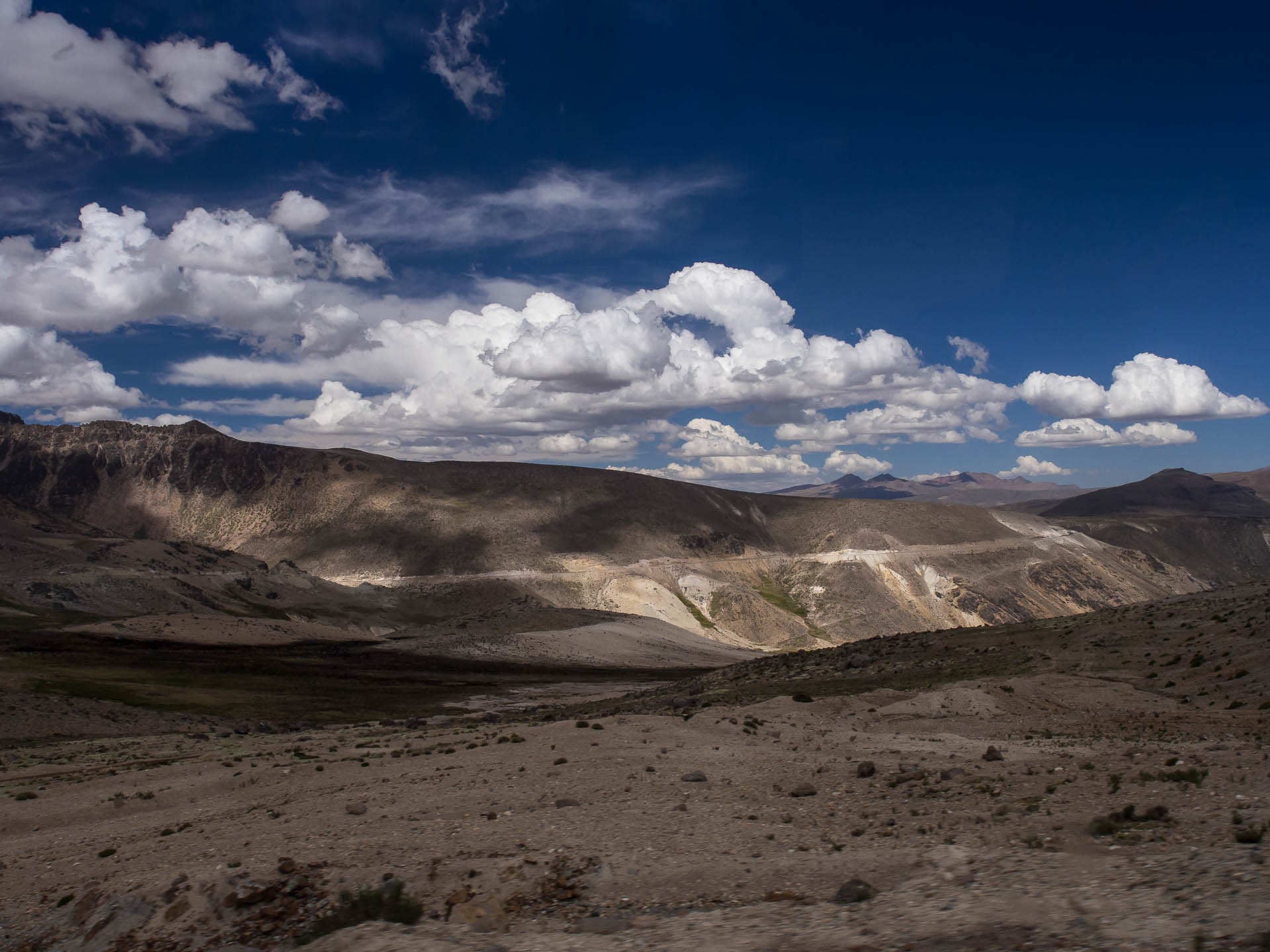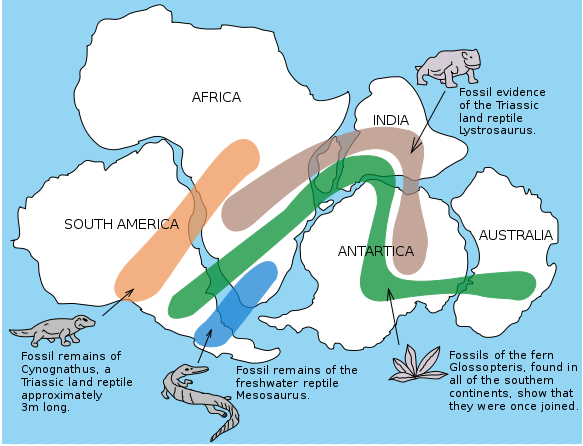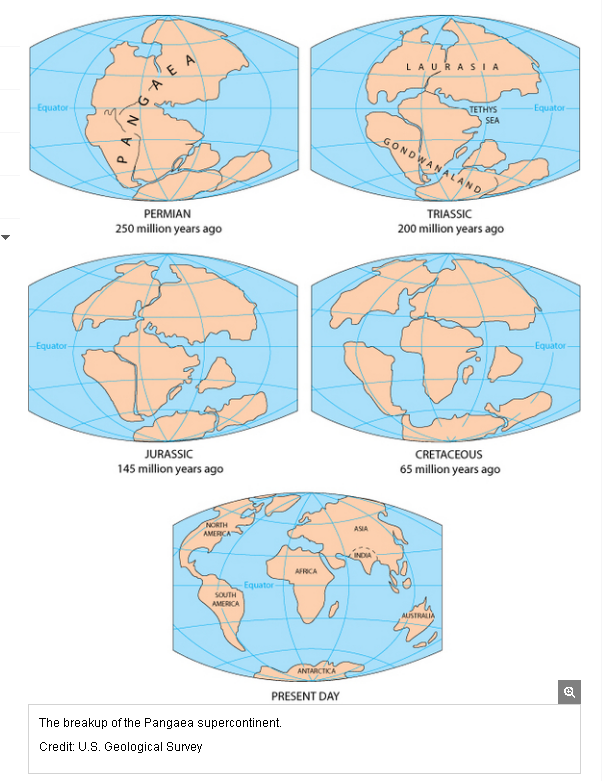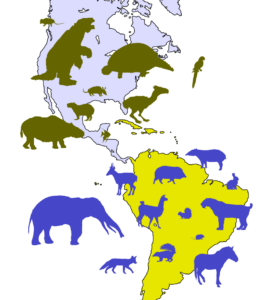The Altiplano, Peru
Hello
I mentioned that I intended writing a blog on South America in the previous offering on Clades, here it is!
The airports in Lima or Quito look the same as those in Europe, leaving this familiarity, differences soon appear. Outside of the big cities roads have a more casual look, dispensing with a dressing of tarmac and having a give and take arrangement with overflow water from rivers and debris from volcanic ash. As the road climbs, the sky darkens. In the upland desert of the Altiplano, higher than the top of Mont Blanc, you stare upwards into a virtually black sky and into space. Society is different too; you soon realise that there is little or no state support, everyone has to exist on their own enterprise: a lady in Andean dress hands my wife a baby llama its legs kicking, with the instruction to me, “You take picture”, well yes, given the command, what else could you do! A small amount of money changes hands. The continent is biologically interesting too and this is largely because of South America’s geological past. Let’s have a look at how South America literally got to where it is today and the effect that had on its indigenous animal biota.
Geology
In Cambrian times, around 500 Ma (million years ago) the land masses of the earth had coalesced into a giant continent which we now call Pangaea.
The video at: https://www.youtube.com/watch?v=UwWWuttntio is a useful way of visualising the movements of land masses, but one needs to be cautious about accepting the very early events as verified fact. Pangaea was located in what is now a region close to Antarctica. The southern part of this land is called Gondwanaland and contained landmasses known today as South America, India, Australia and Africa. The evidence for linking these southern land masses came from shared plant fossils (largely relying on fossils of Glossopteris, a seed fern) and a shared rock strata present in all of these modern day continents. Both of these observations are absent from the northern part of Pangaea called Laurasia which went on to form modern day Europe, Asia and North America.
Licensing: This image is in the public domain in the United States because it only contains materials that originally came from the United States Geological Survey, an agency of the United States Department of the Interior. For more information, see the official USGS copyright policy. This is a Wikipedia image: https://en.wikipedia.org/wiki/Pangaea
By the end of the Permian period, around 250 Ma, the southern part of Pangaea started to break up gradually forming separate land masses which we know today as Antarctica, India, Africa and South America, see diagram below.
South America was still connected to Africa and Antarctica until 140 Ma when Africa left to seek separate fortunes further east, but even after this Antarctica and South America continued to be linked until finally separating around 30 Ma. It is suspected that animals and plants continued to exchange between the land masses of South America and Antarctica by means of small islands temporarily forming between the migrating continents and acting as bridges between the migrating continents.
South America was still connected to Africa and Antarctica until 140 Ma when Africa left to seek separate fortunes further east, but even after this Antarctica and South America continued to be linked until finally separating around 30 Ma. It is suspected that animals and plants continued to exchange between the land masses of South America and Antarctica by means of small islands temporarily forming between the migrating continents and acting as bridges between the migrating continents.
As the South Atlantic Ocean opened between Africa and South America, it drifted further north; the remaining link with Antarctica was broken and the interchange of animals and plants ceased. South America, an island continent, became biologically isolated. Apart from seeds, flying animals and those species occasionally drifting across the Atlantic on mats of vegetation, it remained a separate evolutionary experiment until it was joined to North America by volcanic activity forming the Panama isthmus 12-15 Ma. This results in a gap of around 15 million years where the animals of South America were free to evolve without competing with animals which were evolving on other land masses and, equally importantly, isolated genetically.
This lack of competition and genetic isolation had some remarkable consequences.
Original animal sailors
The original large mammals were the Marsupials and Xenarthrans. Both Marsupials and Xenarthrans are placental animals which give birth to relatively undeveloped young that are carried by the mother in a pouch where they are fed by attachment to a teat. It is thought that these early mammals developed in South America, later spreading to Australia rather than evolving in Australia. Many of these original sailors have been out competed to extinction either by animals such as rodents and monkeys arriving on mats of plant debris from Africa or, once the land-bridge formed, by animals including humans arriving from North America via the Panama isthmus. However some hardy survivors are to be found today.
Xenarthrans
Xenarthrans are a clade of placental animals related to Marsupials and contains, for example, armadillos, ant eaters and sloths. These animals have characteristics of joints in the vertebral column unlike that of any other mammal. This and fusion of the joint between the sacrum and ischium of the pelvic girdle, serve to unite the group as a Clade (see my previous posting on “Clades”). As you would expect when discussing a group containing Sloths, these are not effete racers and have a characteristically very low metabolic rate, although I have seen them move smartly when falling from a tree! Many of the large animals who were originally native to South America suffered extinction such as the amazing armoured glyptodonts and ground sloths as large as a modern Elephant. You can see examples of skeletons of both these animals in the Natural History Museum, London:


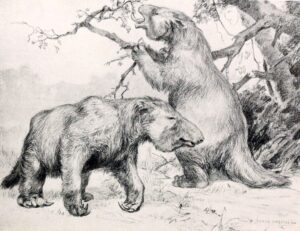
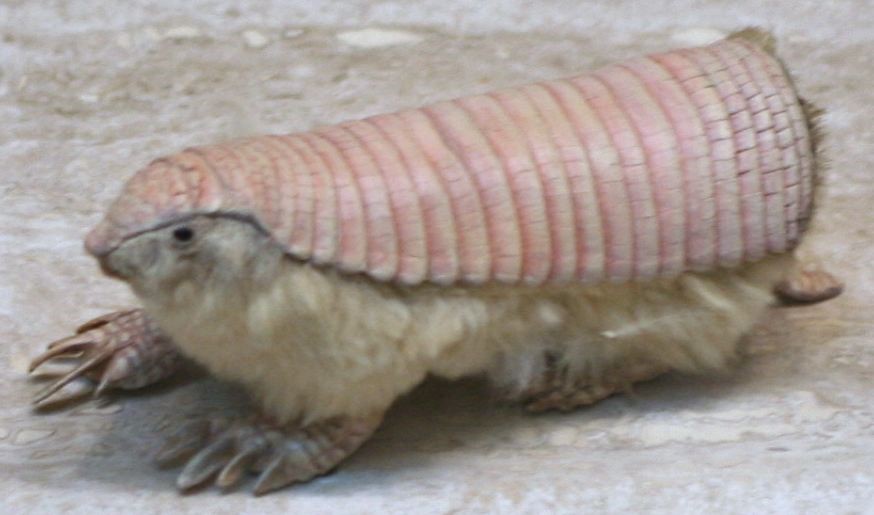
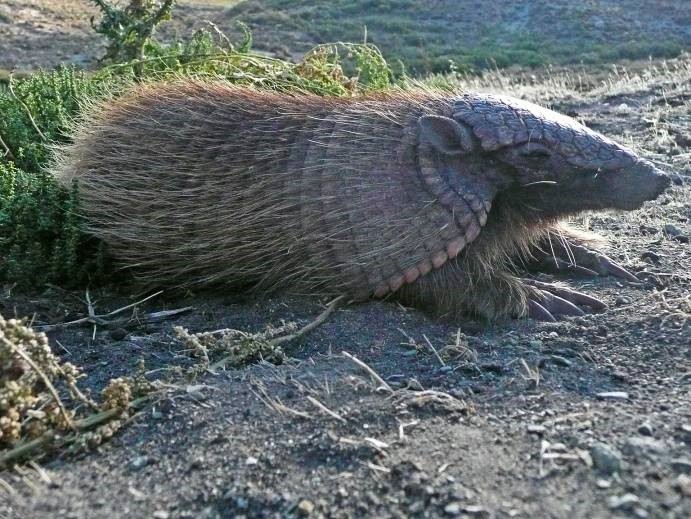
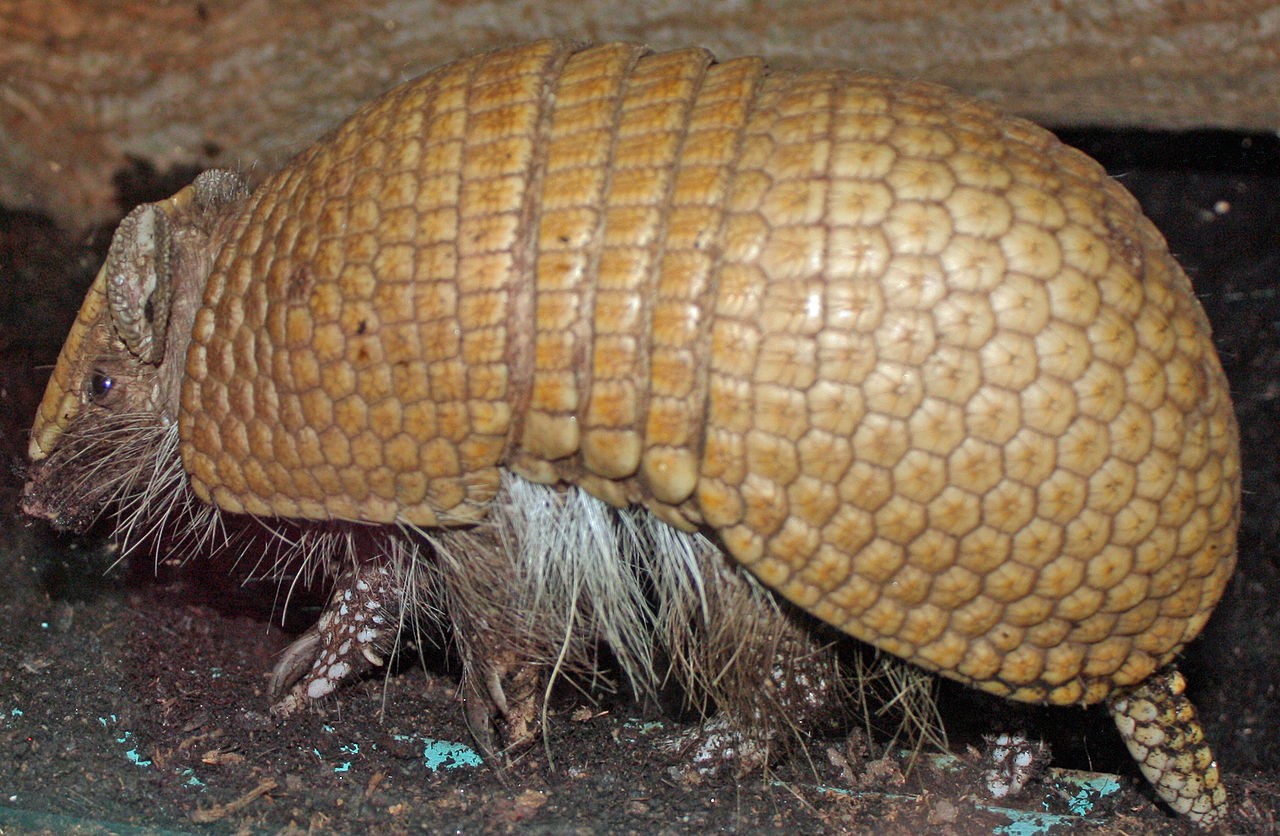
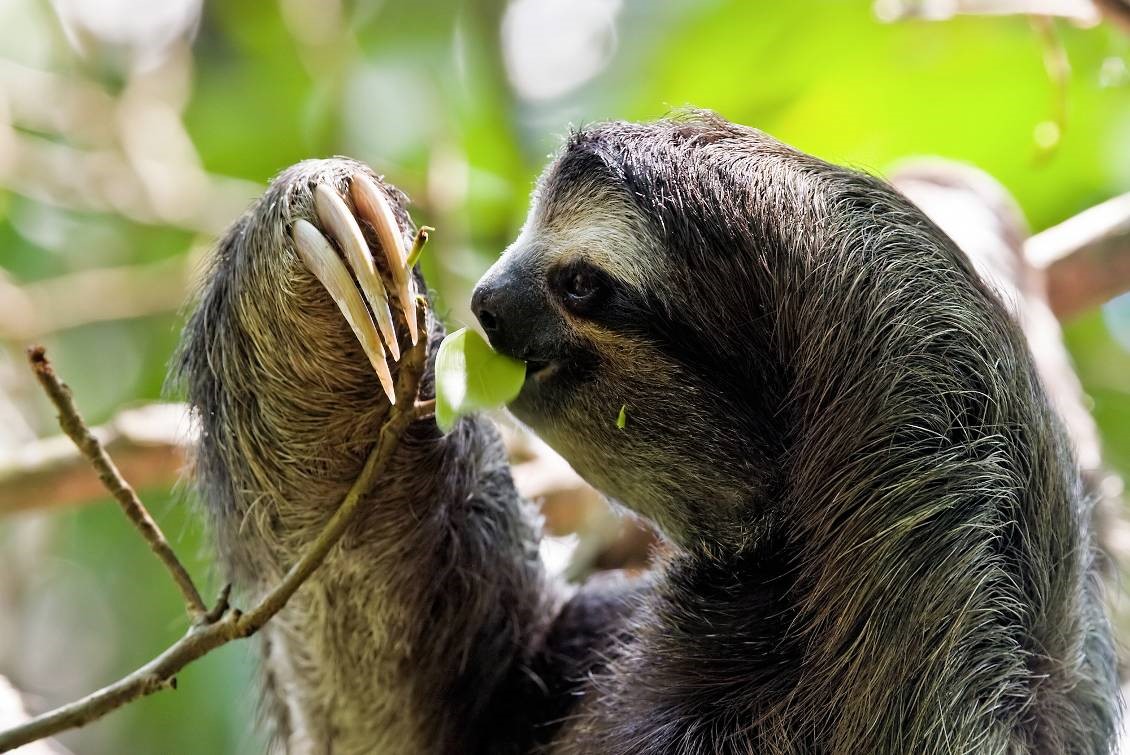
Marsupials
In South America today these are represented by opossums, here are some examples of modern opossums:

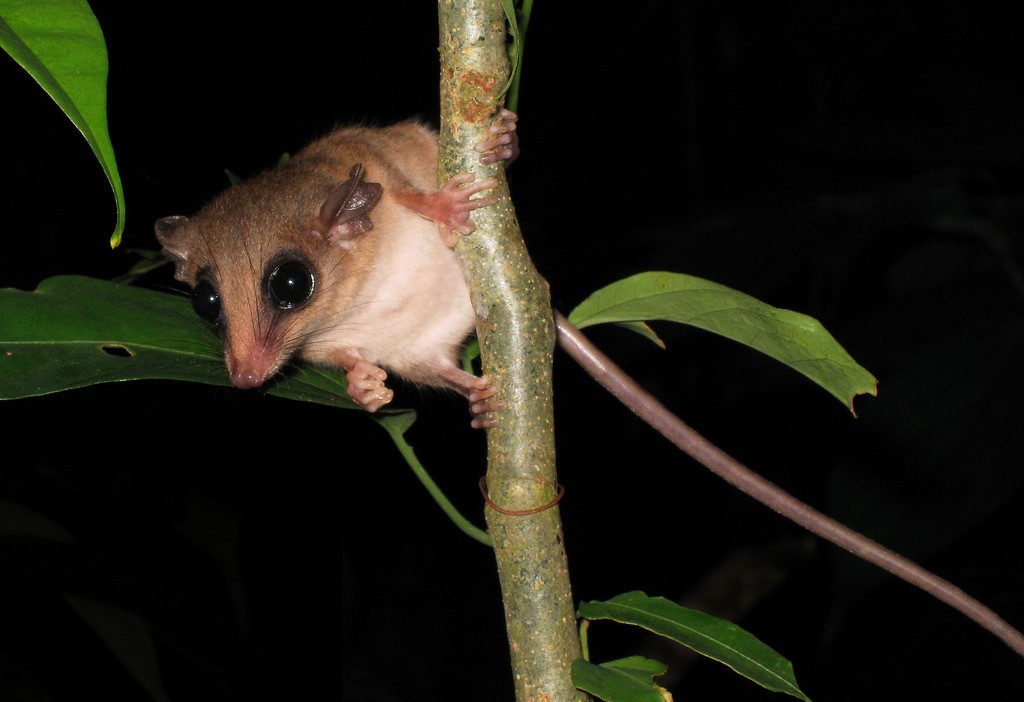
In the past there were large carnivores too. The remarkable example illustrated below is of the sabre-toothed Thylacosmilus (sparassodont metatherians) which was considered to be a marsupial, but now is thought to have been a member of a related group, now extinct:
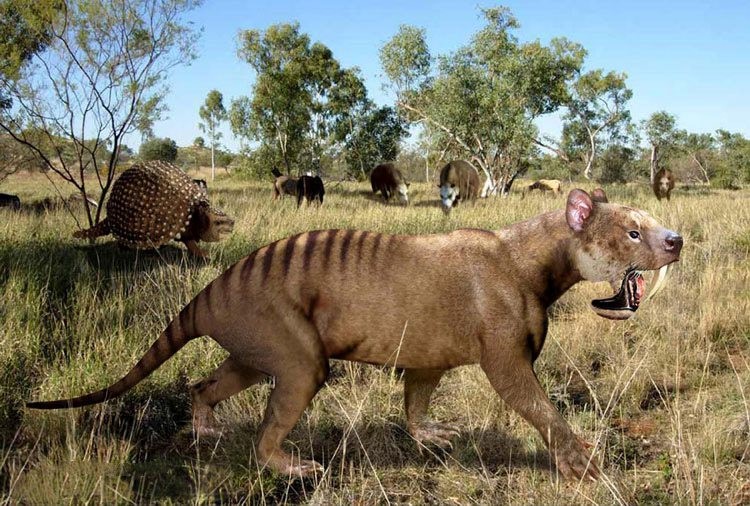
Great American Interchange
Once animals could move freely over the Panama isthmus a great interchange occurred with some animals moving successfully into North America, others in the opposite direction. Competition along new lines occurred with species facing threats that they were unprepared for and insufficient time to adapt to the new order. It is little wonder that the exotic large animals became extinct; they were literally unable to hide from the onslaught and, with few exceptions, we are left with small animal representatives of the originally more diverse biota.
This diagram shows some examples of animals making the Great American Interchange as a result of the rise of the Panama isthmus. Olive Green silhouettes show North American species originating in South America and Blue silhouettes, animals that migrated in the opposite direction:
Cruising, sold today as a safe and pleasurable holiday, in the past was dangerous, particularly when docking in a port with unknown and resourceful locals. Perhaps flying was the safer option!
Toodle-oo,
Sphenodon.
